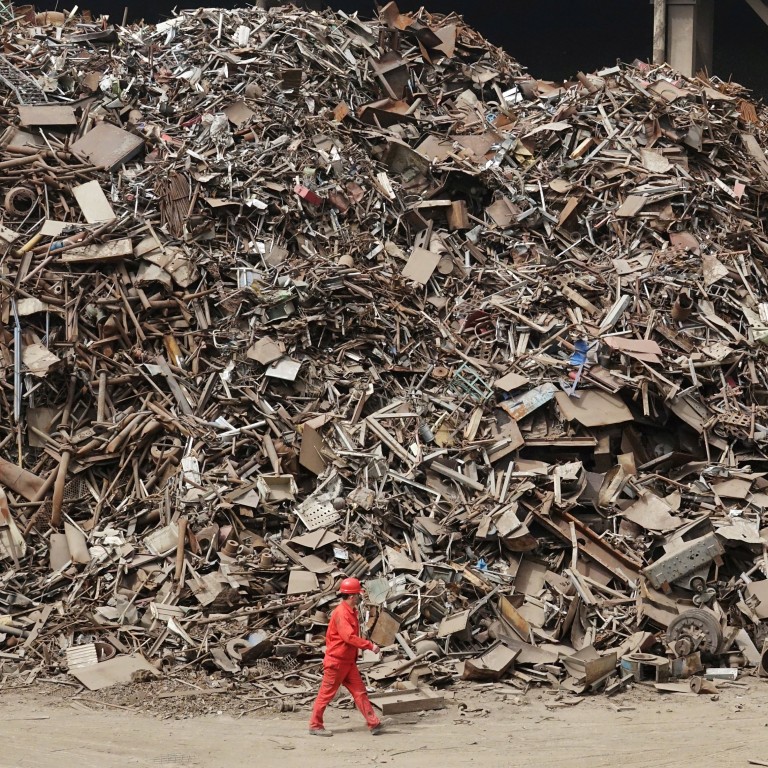
If China is serious about cracking down on its mountain of debt, it must stop sending mixed signals
- While senior officials stress the need to repay debt, the government has made it harder for creditors to recoup loans
- Conflicting messages from the government and judiciary have emboldened irresponsible borrowers
If “three steps forward and two steps back” is China’s typical rhythm, we are now in the regressive stage, at least in the banking sector. Both the government and the public seem to be working hard to sabotage the country’s fragile credit infrastructure.
In the Tang and Song dynasties, delinquent borrowers were often sent to prison. After the last Chinese emperor was forced out in 1912, however, chaos prevailed and creditors took justice into their own hands. After the communist revolution in 1949, the economy was nationalised and the primitive credit system disappeared.
When I was a junior officer at the People’s Bank of China in the 1980s, Beijing was just starting to rebuild credit infrastructure, and the central bank was being spun off from the ministry of finance. We occupied just two floors in the ministry’s Soviet-style building. Tucked into the attic floor was China Construction Bank, then called the People’s Construction Bank of China.
Both the People’s Construction Bank of China and the central bank were but tiny afterthoughts in the government apparatus because we were just cashiers for the ministry. Loans did not always have to be repaid. After all, only state-owned enterprises had access to bank funding and consumer credit did not exist.
Of course, those four companies did nothing meaningful with these bad assets. It was the rampant inflation of asset prices in the subsequent decade that made the four companies look like geniuses. On the back of some 18 years of reckless growth of credit, banks – and particularly nonbank financial institutions – are once again stuck between a rock and a hard place.
Xi Jinping’s prescription for China’s biggest bond defaulter
For example, “debt restructuring committees” formed under the auspices of regional governments often force creditors to accept “three nos” in favour of zombie borrowers: no credit recalls, no litigation and no reporting the defaults to the central bank’s credit reference centre.
In 2019, hundreds of debt recovery personnel have been arrested by the police and the whole debt collections industry is on its knees. Some of these arrests are justifiable, but the heavy-handed manner in which the government deals with debt collector wrongdoing is a threat to the credit market. Even the biggest banks find themselves unsure how to perform legitimate debt recovery amid the government’s arbitrary tweaking of compliance rules.
Debt worries increase for China’s middle class as unemployment rises
In the meantime, fraudulent borrowers have become emboldened by the conflicting signals from the government and the judiciary. If they do not feel like repaying a debt, sometimes all they have to do is make a complaint in the central complaints registry website, Jutousu. To be sure, many people have legitimate grievances, but far too many complaints are from deliberate cheats aiming to delay repayments as long as possible.

Like much of the Western world, China is swinging ideologically further to the left: enterprise is becoming a bad word. Compared to other major regressive moves in its long history, developments in China today have greater global implications. China’s economy is far bigger and is built on a semi-modern credit system. Moreover, its people are less prepared to endure hardship. The world is watching.
Joe Zhang is vice-chairman of YX Asset Recovery, a consumer debt restructuring firm


